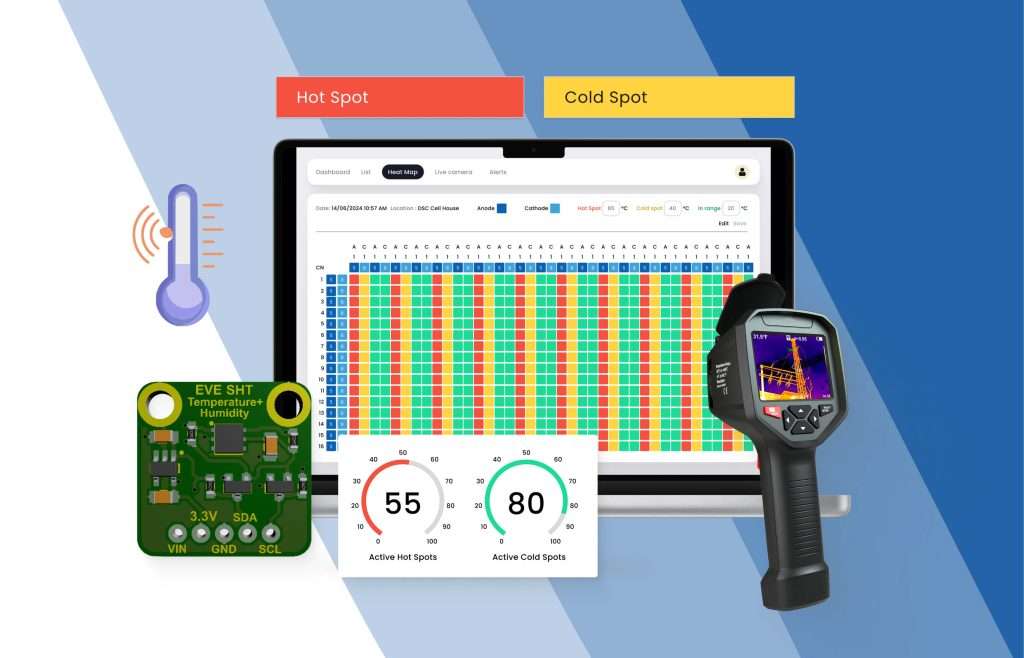Dashboards/ Apps - Web App - Django
Dashboards/ Apps - Web App
Django
Develop secure and robust IoT platforms with Django's versatile backend framework for seamless data management and integration.
What is Django?
Django is a high-level Python web framework designed for developing secure, scalable and efficient backend solutions. Its emphasis on rapid development and clean architecture makes it a perfect fit for IoT projects, enabling seamless integration with IoT protocols, databases and cloud platforms. With Django, we deliver reliable, real-time applications tailored to the complexities of IoT ecosystems.
Applications:
Industrial Automation
Real-time anomaly detection and efficiency optimization.
Healthcare
Monitoring critical health parameters in real time.
Telematics
Advanced vehicle tracking and driver behavior analytics.
Education
AI-driven interactive learning platforms.
Energy Management
Smart grids, predictive analytics and energy optimization systems.
Features
Secure and Scalable Architecture
Ideal for handling sensitive IoT data and scaling with device growth.
Database Integration
Supports powerful databases like Postgres and Redis for efficient data management.
Built-in Admin Interface
Simplifies device management and data monitoring.
RESTful APIs
Enables seamless communication between IoT devices and cloud services.
Asynchronous Processing
Supports real-time data analytics for timely decision-making.
Usecases
Hotspot Detection
Industries often face thermal irregularities in their processes, which can lead to inefficiencies, operational hazards and costly downtimes. We developed a system for thermal anomaly detection in a cell house. The solution employs a thermal camera mounted on moving cranes to detect hotspots and coldspots, enabling proactive responses.
Technologies Used
Django: Backend logic for processing data and managing APIs.
Python: Core scripting integrated with Unet for advanced image detection.
Postgres & Redis: Reliable data storage and efficient query handling for real-time analytics.
ReactJS: Frontend for intuitive visualization of thermal analytics.
Flask: Microservices for specific server-side functions to enhance system modularity.
The Outcome
Enhanced Efficiency: Real-time thermal anomaly detection improves process efficiency and reduces waste.
Improved Safety: Proactive identification of thermal risks enhances workplace safety.
Reduced Downtime: Automated detection minimizes disruptions, ensuring continuous operations.
